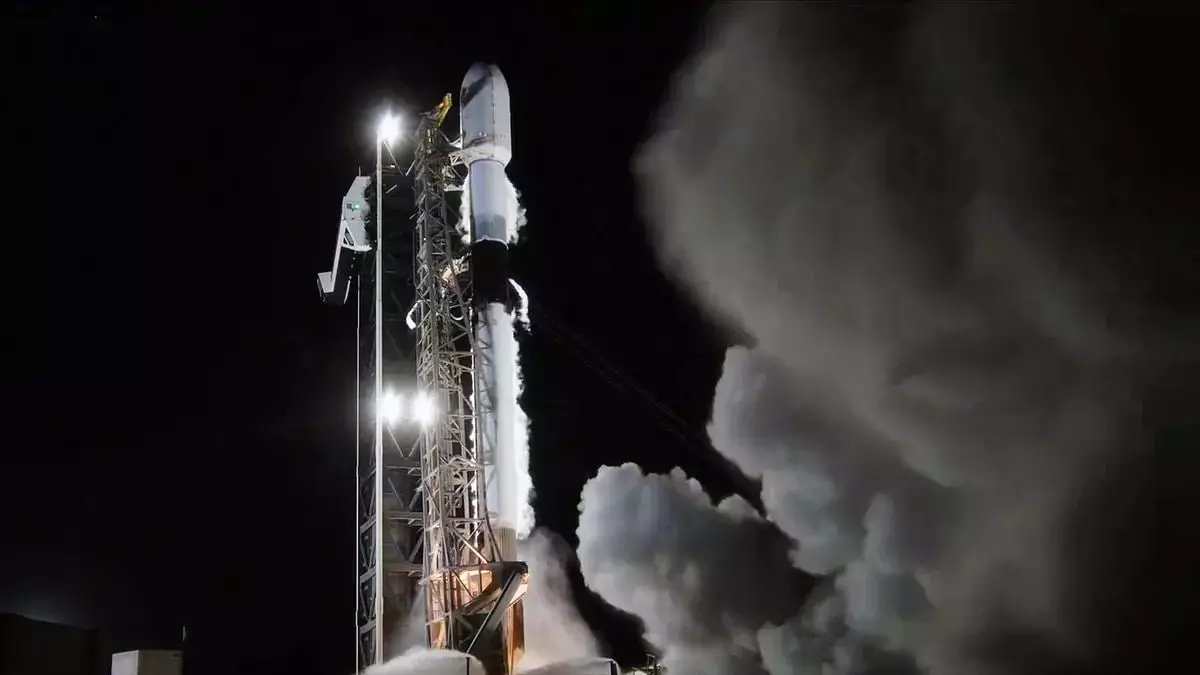On April 21, 2023, the Falcon 9 rocket did more than just launch from Cape Canaveral; it marked a pivotal moment for European aerospace ambitions as it took the first steps towards establishing a robust space logistics framework. The mission, Bandwagon-3, was not merely an ordinary payload delivery; it included the groundbreaking Phoenix 1 capsule, developed by Atmos Space Cargo, a German company signaling Europe’s entry into the realm of reentry spacecraft. This mission stands as a testament to the exhilarating—but perilous—journey that European aerospace innovation is poised to embark upon.
Redefining Achievements in Space
Phoenix 1 is set to create history as the first European capsule to attempt a return from orbit, specifically designed to splash down in the Atlantic Ocean after a mere 1,200 miles journey over Brazil. The ambitious scope of this capsule transcends national borders, aiming to elevate European presence in the competitive space industry. The endeavor to safely test and deploy an inflatable heat shield for cargo reentry could reshape expectations and capabilities for future missions. This isn’t just about reaching for the stars; it’s about revolutionizing how we perceive and utilize space.
The Broader Implications of Innovation
The successful reentry of Phoenix 1 could be a game-changer, not merely for Atmos Space Cargo, but for a network of European companies eager to carve out their niches in the vast expanse of space logistics. It signals a shift towards collaboration and innovation in maritime technology, microgravity research, and even life sciences. As the company ambitiously claims, this mission seeks to “revolutionize space logistics,” but such a sweeping assertion is always accompanied by monumental risks. The test flight will either validate these bold claims or expose the superficiality of the grand aspirations of commercial space ventures.
Big Dreams Meet Harsh Realities
While it’s easy to become enamored by the notion of a European private entity making waves with its own reentry attempt, it is crucial to approach this mission with both optimism and skepticism. History is replete with ambitious launches that ended in dismal failures. The extensive R&D funding given to private companies like Atmos Space Cargo raises questions—will the substantial investments yield tangible results, or will we find ourselves facing setbacks that stifle progress in an already precarious landscape?
Collaborative Missions Fueling Future Growth
What stands out in the backdrop of Bandwagon-3 is SpaceX’s commitment to affordable access to low Earth orbit, exemplified by the evolving rideshare programs. While some criticize this model for commodifying space, it undeniably fosters an ecosystem ripe for experimentation. The payloads, including South Korea’s 425Sat-3 and Tomorrow-S7, reveal a growing trend where smaller, bespoke missions can thrive in an increasingly crowded orbit. This shift towards versatile collaborations might just be the catalyst that sparks harmonious competition and innovation in the European space sector.
In an industry where failures are as shared as successes, the stakes are high. The Phoenix 1 mission could usher in new technologies that redefine what’s possible in aerospace, but as we celebrate advancements, we must remain vigilant about the chasms of risk that accompany them. The dream of a thriving European space logistics framework is a tantalizing prospect, but it hangs precariously on the outcomes of today’s bold endeavors.


Leave a Reply